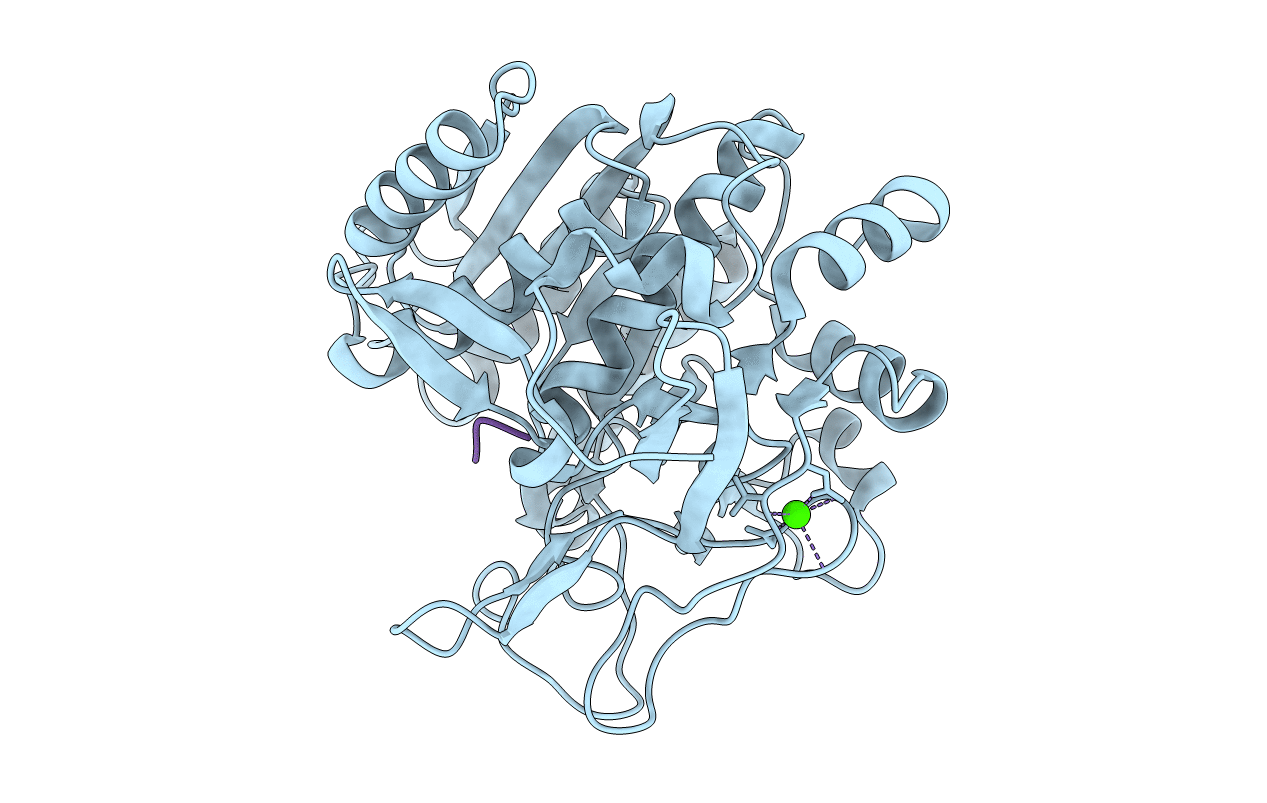
Deposition Date
2018-08-23
Release Date
2018-10-24
Last Version Date
2023-10-11
Entry Detail
PDB ID:
6M9D
Keywords:
Title:
PSEUDOMONAS SERINE-CARBOXYL PROTEINASE (SEDOLISIN) COMPLEXED WITH THE INHIBITOR Chymostatin
Biological Source:
Source Organism:
Pseudomonas sp. (strain 101) (Taxon ID: 33067)
synthetic construct (Taxon ID: 32630)
synthetic construct (Taxon ID: 32630)
Host Organism:
Method Details:
Experimental Method:
Resolution:
2.00 Å
R-Value Free:
0.25
R-Value Work:
0.18
R-Value Observed:
0.18
Space Group:
P 62


